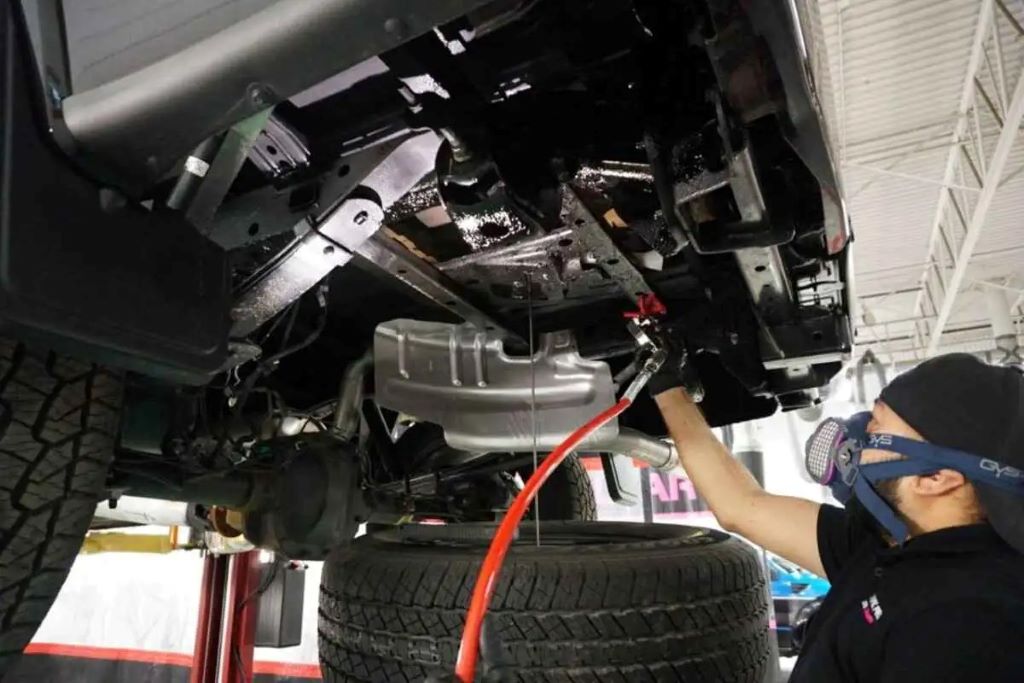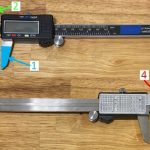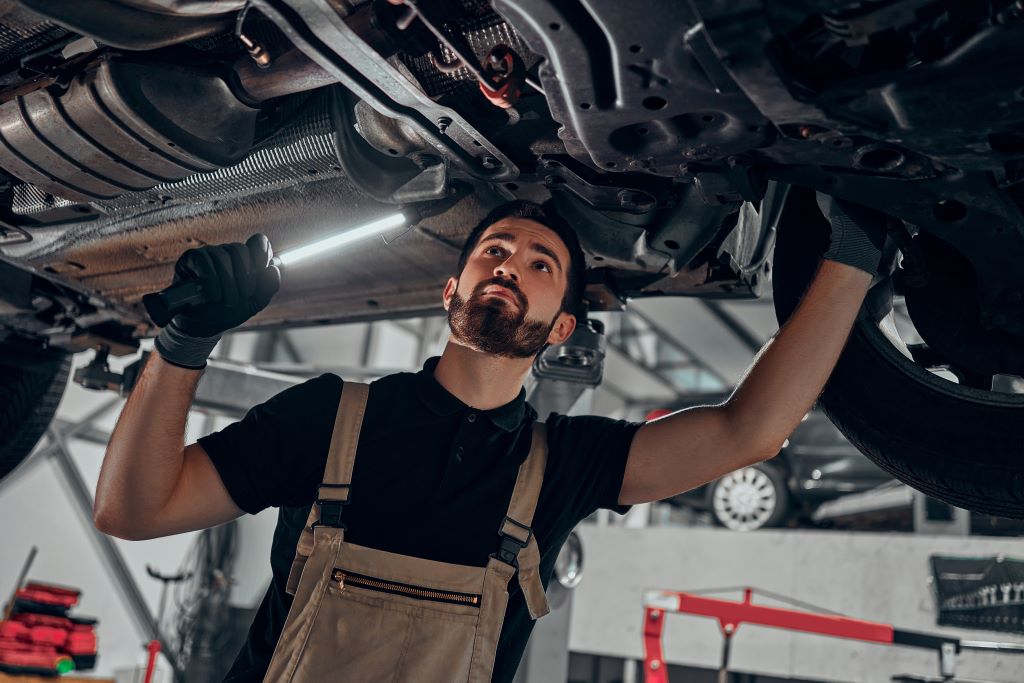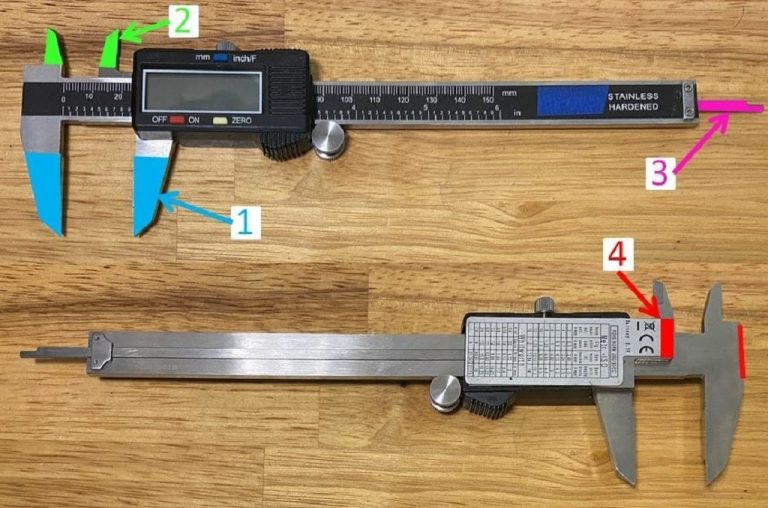Rust is one of the most damaging enemies your vehicle can face. When it attacks your car’s undercarriage, it can lead to expensive repairs and safety concerns. However, protecting your vehicle from rust doesn’t have to be complicated. With proper knowledge and regular maintenance, you can keep your car’s underside in excellent condition for years. Automotive Smart Solutions provides comprehensive resources to help car owners maintain their vehicles effectively.
The undercarriage of your car faces constant exposure to moisture, salt, and debris. These elements create the perfect conditions for rust formation. Therefore, understanding prevention methods is crucial for every car owner. Additionally, identifying basic car repair needs early can save you thousands of dollars in future repairs and extend your vehicle’s lifespan.
Furthermore, rust prevention is particularly important in areas with harsh winters. Salt used on roads accelerates the corrosion process significantly. However, even drivers in milder climates should take rust prevention seriously. The key is establishing a regular maintenance routine that addresses potential problems before they become major issues.
Understanding How Rust Forms on Car Undercarriages
Rust develops through a chemical process called oxidation. When iron or steel meets oxygen and moisture, it begins to corrode. Your car’s undercarriage contains numerous metal components that are vulnerable to this process. These include the exhaust system, brake lines, fuel lines, and structural elements.
The process starts slowly but accelerates once it begins. Small scratches in protective coatings allow moisture to reach bare metal. Road salt makes the situation worse by acting as a catalyst for rust formation. Additionally, mud and debris can trap moisture against metal surfaces, creating ideal conditions for corrosion.
Temperature changes also contribute to rust formation. When your car heats up and cools down repeatedly, metal components expand and contract. This movement can crack protective coatings and allow moisture to penetrate. Therefore, understanding these factors helps you develop an effective prevention strategy.
Regular Washing and Maintenance
The most effective rust prevention method is regular cleaning. Washing your car’s undercarriage removes salt, dirt, and debris that promote corrosion. Many car owners focus only on the visible exterior, but the underside needs equal attention.
During winter months, wash your car more frequently. Salt residue from roads needs immediate removal to prevent long-term damage. However, simply spraying water underneath isn’t enough. You need thorough cleaning that reaches all components and crevices.
Professional car washes often offer undercarriage cleaning services. These specialized washes use high-pressure water and cleaning solutions designed to remove stubborn buildup. Additionally, some car washes provide rust inhibitor treatments that add an extra layer of protection.
Professional Rustproofing Solutions
Professional rustproofing provides comprehensive protection for your vehicle’s undercarriage. These treatments involve applying specialized coatings that create barriers between metal surfaces and corrosive elements. Several types of rustproofing are available, each with specific advantages.
Undercoating involves applying a protective layer to the entire undercarriage. This thick coating seals metal surfaces and prevents moisture penetration. However, proper application is crucial for effectiveness. Poor application can trap moisture and actually accelerate rust formation.
Cavity wax treatments protect hollow areas within your car’s structure. These spaces are particularly vulnerable because they’re difficult to clean and inspect. Professional technicians inject wax into door frames, rocker panels, and other hollow sections to provide lasting protection.
DIY Prevention Methods
Car owners can take several steps to prevent undercarriage rust without professional help. These methods are cost-effective and can significantly extend your vehicle’s life. However, they require regular attention and proper technique.
Inspect your undercarriage regularly for signs of rust or damage. Look for brown or orange spots, flaking paint, or holes in metal components. Early detection allows for prompt treatment before problems worsen. Additionally, check for loose or damaged splash shields that protect critical components.
Apply protective sprays designed for undercarriage use. These products are available at auto parts stores and provide temporary protection between professional treatments. However, follow manufacturer instructions carefully and ensure proper ventilation during application.
Keep drainage holes clear in doors, rocker panels, and other areas. These holes allow trapped moisture to escape and prevent rust formation. Use a small wire or compressed air to clear blockages regularly.

Seasonal Considerations
Different seasons present unique challenges for rust prevention. Winter brings road salt and increased moisture, while summer heat can accelerate chemical reactions. Therefore, adapting your maintenance routine to seasonal conditions improves protection effectiveness.
Before winter arrives, apply fresh protective coatings to your undercarriage. This preparation helps your car withstand months of salt exposure. Additionally, consider using rubber floor mats to prevent salt and moisture from reaching carpet and floor pans.
Spring cleaning is crucial after winter salt exposure. Thoroughly wash your undercarriage to remove accumulated salt and debris. This is also an excellent time to inspect for winter damage and address any issues promptly.
Summer provides ideal conditions for applying protective treatments. Dry weather allows coatings to cure properly and provides maximum effectiveness. However, avoid extremely hot days when products may not adhere correctly.
Warning Signs and Early Detection
Recognizing early signs of rust allows for prompt intervention before major damage occurs. Surface rust appears as small brown or orange spots on metal surfaces. This stage is easily treatable with proper products and techniques.
Scale rust indicates more advanced corrosion where the metal surface has begun flaking. This requires more aggressive treatment but is still manageable with appropriate methods. However, penetrating rust has eaten through the metal and may require professional repair or component replacement.
Listen for unusual sounds that might indicate rust damage. Rattling exhausts, squeaking brakes, or grinding noises can signal corrosion problems. Additionally, feel for vibrations or handling changes that might indicate structural rust issues.
According to the National Highway Traffic Safety Administration, regular vehicle inspections can prevent many safety issues related to corrosion and component failure.
Long-Term Benefits of Prevention
Investing in rust prevention provides significant long-term benefits beyond avoiding repair costs. Well-maintained vehicles retain higher resale values and provide safer, more reliable transportation. Additionally, preventing rust extends your car’s useful life considerably.
Rust prevention also maintains your vehicle’s structural integrity. Corroded components can fail suddenly, creating dangerous situations. Therefore, regular maintenance protects both your investment and your safety.
Furthermore, prevented rust keeps your car looking better longer. While undercarriage appearance might not seem important, it reflects overall vehicle condition and affects resale value significantly.
Frequently Asked Questions
How often should I wash my car’s undercarriage? Wash your undercarriage at least once monthly during normal conditions, and weekly during winter months when salt is used on roads. More frequent washing may be necessary in coastal areas with high salt exposure.
Can I prevent rust on an older car that already has some corrosion? Yes, you can slow rust progression and prevent new rust formation even on older vehicles. Remove existing rust, apply primer and paint, then use protective coatings to prevent further damage.
What’s the difference between undercoating and rustproofing? Undercoating provides a protective barrier on the undercarriage surface, while rustproofing includes cavity treatments that protect internal spaces. Comprehensive rust prevention often combines both methods.
Are spray-on rust preventers effective for DIY application? Spray-on products provide temporary protection and are useful between professional treatments. However, they require proper preparation and application to be effective and don’t replace comprehensive professional treatments.
How much does professional rustproofing typically cost? Professional rustproofing costs vary by location and vehicle size but typically range from $100 to $500. This investment can save thousands in future repair costs and significantly extend your vehicle’s life.
Conclusion
Preventing rust on your car’s undercarriage requires consistent effort but provides enormous benefits. Regular washing, professional treatments, and seasonal maintenance work together to protect your investment. Additionally, early detection and prompt treatment of any rust issues prevent minor problems from becoming major expenses.
Remember that rust prevention is much more cost-effective than rust repair. By implementing these strategies consistently, you’ll keep your vehicle running safely and maintain its value for years to come. Therefore, make undercarriage maintenance a priority in your regular car care routine.
Read More:
How to Tell If It’s Time to Reapply or Refresh Your Ceramic Coating














+ There are no comments
Add yours